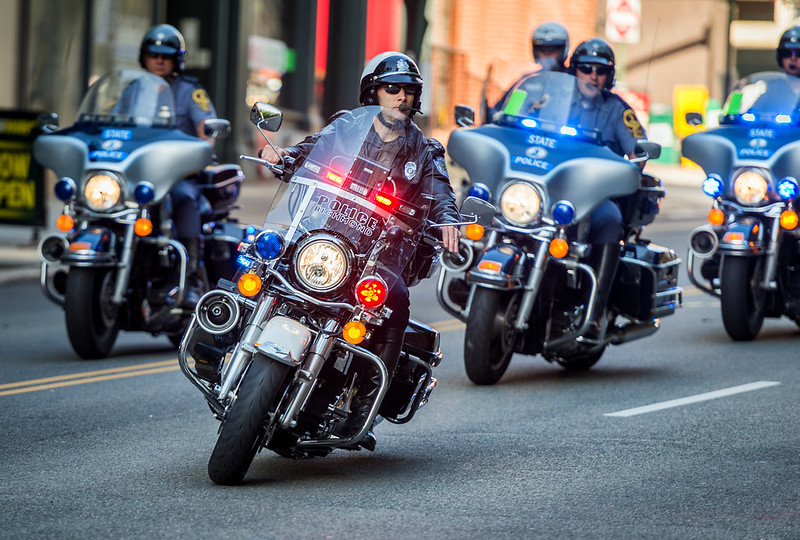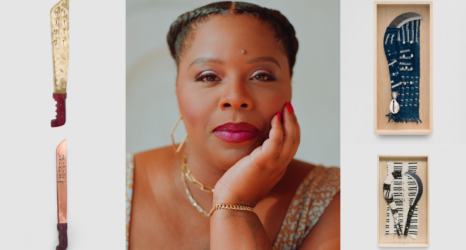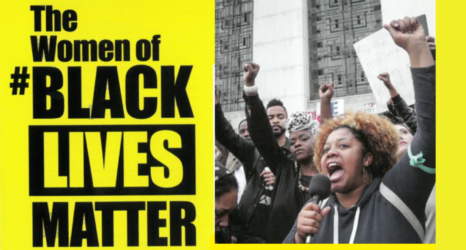
George Floyd’s murder became known across world solely based on videos taken by bystanders. And in the protests occurring since, footage has captured police violence toward demonstrators—from Buffalo police pushing a 75-year-old man, to Brooklyn police pulling down a protester’s mask before assaulting him with pepper spray.
During Portland’s current occupation by federal agents, video footage has been crucial in documenting instances where protesters have been attacked and had their rights violated. Shocking videos show federal officers dressed in military gear hauling protesters into unmarked vans.
Another viral video shows 53-year-old Navy Veteran Chris David peacefully approaching officers before being beaten with batons and attacked with pepper spray.
That same police violence has also been directed at reporters—the on-air arrest of CNN crew and reporter Omar Jimenez in May is just one of over 500 reported cases of police aggression towards journalists covering protests.
It seems even politicians are not safe from police overreach, as Portland Mayor Ted Wheeler (D) was subjected to tear gas attacks when he joined protesters outside the federal courthouse on Wednesday.
The First Amendment Right to Record Police Officers
In many cases, videos like these become essential in ensuring officers are held accountable for misconduct and violence—giving strength to nationwide movements for racial justice and police reform. A video has the power to raise awareness and change opinions. In fact: Video footage alone has repeatedly led to officer punishment, firing or prosecution.
As protesters continue to demand police reform and accountability, it is increasingly important to understand the legal right citizens and the press have to record and publish videos of police activities.
Cue: The NYU First Amendment Watch last month released “A Citizen’s Guide to Recording Police”—which breaks down the legal precedent behind our right to record law enforcement officers.
A Citizen’s Guide to Recording Police
Here are some of the most important and relevant aspects of “A Citizen’s Guide to Recording the Police“:
+ The Supreme Court has not yet ruled on whether the First Amendment protects the right to record police officers. However, 61 percent of U.S. citizens live in states where federal courts have recognized this right. The other 39 percent of citizens live in states that have not yet ruled on the issue, and it’s highly unlikely they will.
+ The Supreme Court has recognized the First Amendment protects the ability to seek out and obtain news and information. Furthermore, the government cannot limit the public’s “stock of information”—which could include recordings of police officers carrying out their official duties in public.
+ Additionally, the Seventh Circuit Court of Appeals found the First Amendment’s freedom of speech and freedom of the press includes the right to make audio and audiovisual recordings—establishing the right to record the police.
+ First Amendment protections given to reporters and members of the press also extend to bystanders—especially important in today’s world, where social media enables anyone with a phone to become a reporter.
+ In most cases, police cannot seize or view recordings taken by bystanders. In Riley v. California, the Supreme Court found the Fourth Amendment prohibits police from taking someone’s recording device or searching its contents. The only legal way for police to seize a phone is with an arrest and warrant.
+ It is only legal to record officers in public while on duty. Additionally, police can limit recording in some cases if it is necessary to maintain safety and control. The police have discretion in deciding when it is necessary to disperse crowds or establish police barriers to prevent public interference.
However, law enforcement cannot single out an individual solely because they are recording. Moreover, the First Circuit Court ruled that officers cannot prohibit “peaceful recording of an arrest in a public space that does not interfere with the police officers’ performance of their duties.” Therefore, in most instances, bystanders have an undeniable right to record police activities.
The Role Video Recordings Play in Influencing Public Discussion
It is important bystanders continue to record the actions of officers who disregard the rights and safety of demonstrators—and other cities should keep an eye (and a phone) out, since Trump has announced his plan to send a “surge” of federal law enforcement officers to other large cities like Chicago and Albuquerque. We can expect similar patterns of violence and human rights abuses.
Of course, it is also important to recognize that in some cases, even when police activities are caught on camera, it does not lead to justice and systematic changes. Almost six years ago, Eric Garner told officers he couldn’t breathe while being held in a chokehold—but Officer Daniel Pantaleo, responsible for his death, was not charged.
Definite proof of racial injustice has time and time again failed to enact meaningful and longterm change over the course of U.S. history.
But while videos do not guarantee that justice will be reached, they remain an important way for Americans to exercise their constitutional rights. They’re sometimes the only tool we have.





